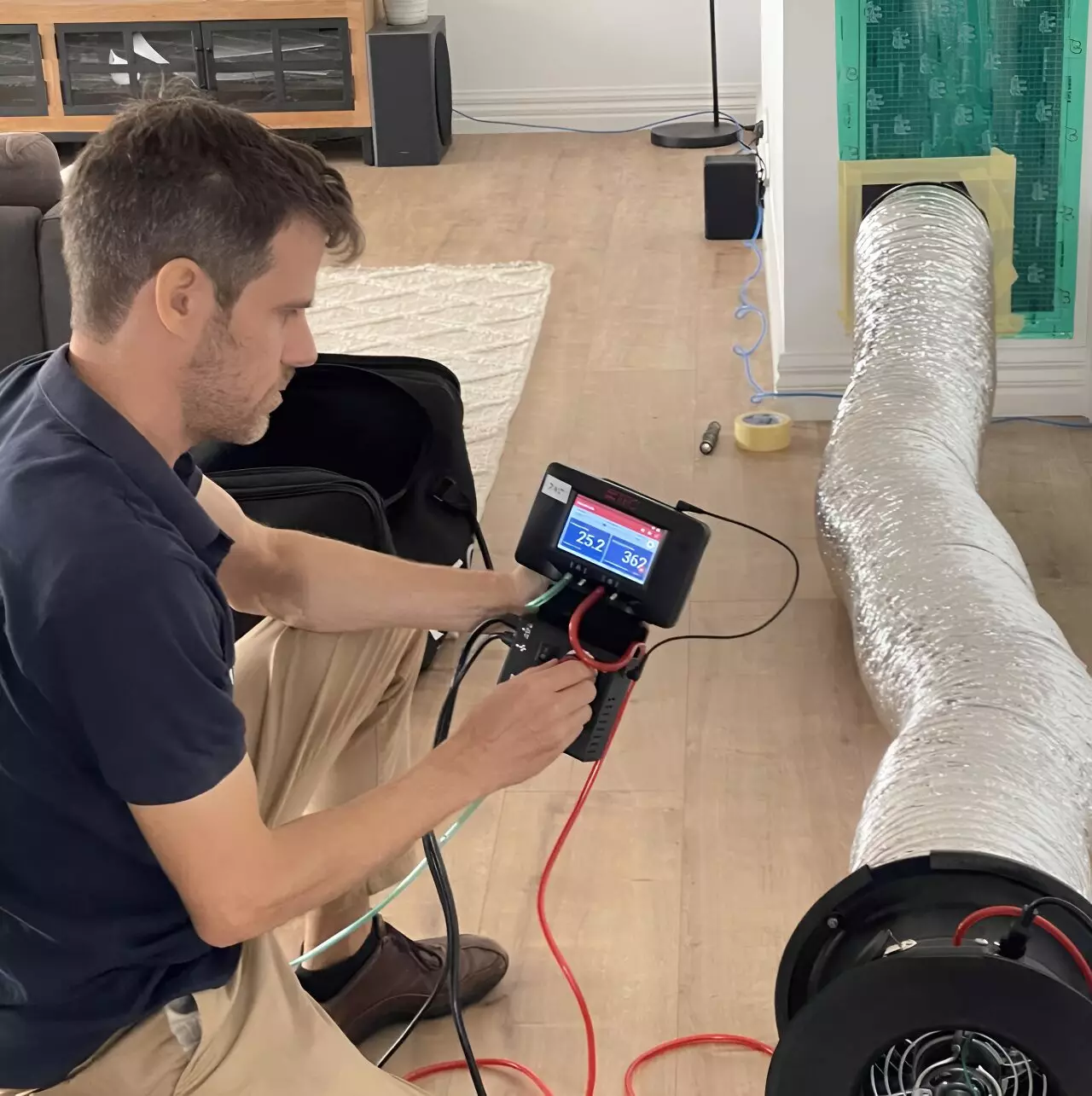The recent study conducted by CSIRO has shed light on the air tightness levels of new Australian homes. The research has shown that homes built in the last four years are up to 50% more airtight compared to those tested back in 2015. This increase in air tightness is beneficial for homeowners as it leads to enhanced comfort, reduced energy bills, and improved indoor air quality. Airtight homes prevent outdoor air from entering and indoor air from escaping, resulting in a more controlled environment inside the house.
Poor air tightness in homes can have significant negative consequences. It can cause drafts, which in turn can increase energy bills by up to 20%. Additionally, homes that are too airtight without proper ventilation can lead to issues such as condensation, mold growth, and health problems for residents. High carbon dioxide and monoxide levels can result in headaches and nausea, highlighting the importance of maintaining the right balance of air tightness in residential buildings.
Findings of the Research
The study analyzed 233 apartments and detached houses in major Australian cities and identified common sources of air leakages. Areas such as bathroom fans, sliding doors, and poor door seals were found to be the main culprits of air leaks in new homes. Interestingly, some apartments were extremely airtight, which could pose challenges in terms of building performance and resident health if proper ventilation systems are not in place.
Based on the research findings, the report outlined a series of recommendations for Australian building codes to address common air tightness issues. These recommendations include the establishment of air tightness standards in the National Construction Code (NCC), mandatory inclusion of controlled ventilation systems in new buildings, requirement of air barriers like building wraps in all new residences, and provision of on-site training for builders to implement cost-effective solutions.
The study revealed that the actual air tightness levels observed closely matched those assumed by the Nationwide House Energy Rating Scheme (NatHERS). This alignment provides confidence in the accuracy of NatHERS in predicting air tightness levels within specified ranges. The researchers also suggested displaying air tightness values on NatHERS certificates to help homeowners understand the impact on energy efficiency ratings.
The research conducted by CSIRO highlights the importance of maintaining appropriate air tightness levels in Australian homes. By addressing common air leakage issues and implementing recommended improvements, homeowners can enjoy better comfort, lower energy bills, and healthier indoor air quality. It is essential for builders, architects, and policymakers to prioritize air tightness in residential construction to create sustainable and efficient living spaces for the future.


Leave a Reply